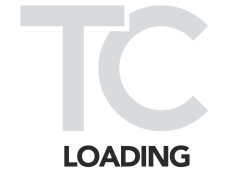
Welcome to
Transport
Canada
Unmute
This presentation has sound. To enable, please use the controls located on the top left side of your screen.
Hi.
We’re Transport Canada.
Since 1936, we’ve been helping people and goods get safely and efficiently where they need to go. With 10 million square kilometres and the world’s longest coastline to cover, it’s a big job. We’re proud to do it.
The performance of the transportation system serves every Canadian who uses a car, a bus, a train, a plane or a boat. It underpins the success of Canada’s economy and its ability to grow. It connects our communities, accounts for 3.8% of Canada’s gross domestic product (GDP) or $72 billion and provides nearly 1 million jobs. It delivered $1.07 trillion in goods to international markets in 2020. And it’s changing all the time. In just the last decade, we’ve seen the rise of electric cars, autonomous vehicles and remotely piloted aircraft systems (what people commonly call drones).
In response to the global COVID-19 pandemic, we issue numerous Ministerial Orders and industry guidance to help keep essential travel as safe as possible.
Whatever’s next, we’ll be ready for it, so that Canadians continue to benefit from a transportation system that’s known around the world as safe and secure, reliable, efficient and environmentally responsible.


Josée Sabourin
Hi, my name is Josée Sabourin. I’m a manager in National Program Integration and Coordination for Marine Safety and Security, Transport Canada, in Ottawa. I manage human and financial resources for the branch, as well as general inquiries from the public.
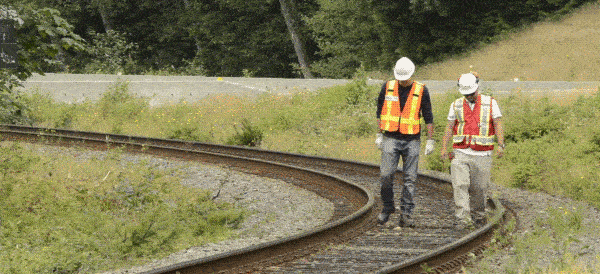
Our mandate
Canadians expect a lot from their transportation system – safety first and foremost. Travellers also want choice, good service and low costs. Industry needs a system that supports growth and gives access to markets — from five marine corridors to improved and expanded infrastructure in the North.
We work to make our transportation system safe, secure, efficient and environmentally responsible.
Canadians want green, innovative options that reduce air pollution and make the most of new technologies. We’re here to help ensure those expectations are met: through regulation and oversight, by funding projects to drive innovation and make safety stronger, and by working with partners across the country and around the world.



Our team
Transport Canada has one of the biggest and most diverse portfolios in the federal government — and a hardworking, talented team, comprising of approximately 7200 positions, that covers every corner of the country.

Frédéric Fachinan
Hi, my name is Frédéric Fachinan. I’m a Technical Advisor for Transport Canada in the permanent mission of Canada to ICAO in Montreal. I’ve been serving in this role for more than a year. I mainly support the Canadian contribution to the development of standards and recommended practices for the international civil aviation.
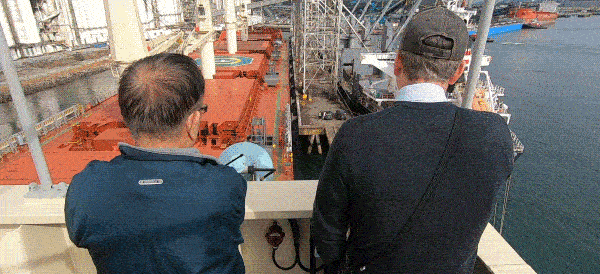
A secure system
We’re serious about keeping Canada’s transportation system secure — in the air, on the water, for railways and roads — right across the country, and beyond. We’re always on the alert for security threats and risks to the transportation system. We protect marine ports, railways and international bridges and tunnels. For air, we make and oversee the rules for the screening cargo, passengers and personnel. We also make sure that airports, air carriers and others manage security in a way that keeps everyone safe. Working with other national security organizations, we prevent people who could threaten transportation security from boarding a plane.
Anyone needing clearance to access the restricted areas of a designated Canadian airport or marine port or to conduct certain jobs has to apply through us. With these activities and constant vigilance, we protect the integrity of transportation in Canada.


Jay Rieger
Hi, my name is Jay Rieger. I’m the chief engineer for the Crossings and Signals Group of the Rail Safety Directorate. Based out of Ottawa, my team and I work with our inspectors in the regions in ensuring that grade crossings remain safe. We administer the Grade Crossing Regulations and other instruments under the Railway Safety Act.

Karine Sirois
Hi, my name is Karine Sirois. Defect Investigator at Transport Canada in Gatineau, Quebec. For the last five years I’ve been investigating alleged safety related defects on vehicles, tires, and child car seats. When I identify a defect, I inform the manufacturer who then issues a notice of defect, better known as a recall.

More than 85 years strong
Transportation is always on the move — literally, and in terms of innovation, pushing boundaries, redefining what’s possible. Over our history, we’ve dedicated ourselves to staying ahead of the curve. When jet travel took off, we developed high-altitude weather forecasting technology and upgraded the country’s airports. As Canada’s industry and exports grew, we set regulations for water pollution and the transportation of dangerous goods. Our promotion of Safety Management Systems and safety culture benefitted Canadians and gained traction worldwide. And in the wake of 9/11, we strengthened transportation security by creating the Canadian Air Transport Security Authority (CATSA) and other measures.
That history has set the course for the future. We’re determined for Canada to remain a world leader in transportation. The foundation we’ve laid will provide a system that’s accessible, safe, secure, efficient, environmentally responsible and ready for tomorrow.

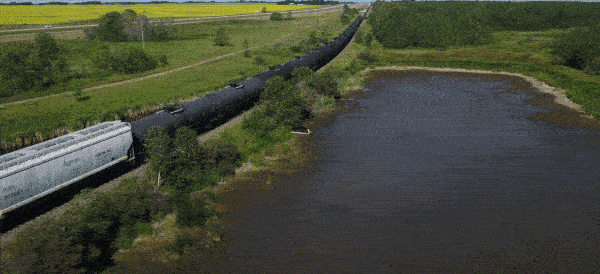
Rail
Laid end to end, Canada’s 41,711 kilometres of railway track would wrap around the globe. That’s a lot of rail. Our job is to oversee the safety of all railways crossing provincial or international boundaries by ensuring that rail companies comply with federal law and regulations. Our rail safety experts in the field conduct more than 40,000 inspections every year.
Grade crossings are an area of focus. A grade crossing is anywhere a road, sidewalk or path crosses railway tracks. We work with railways and communities to make these crossings safer, and our Rail Safety Improvement Program funds initiatives to raise awareness of the dangers of crossings and trespassing on rail property — with a special focus on kids.
We routinely review Canada’s rail regulations to keep them modern and innovative. Since 1989, we’ve reviewed the Railway Safety Act four times and amended it several times. We've also made substantial rail improvements in recent years: hiring more inspectors, introducing new standards for tank cars, changing how we share information with municipalities and more.

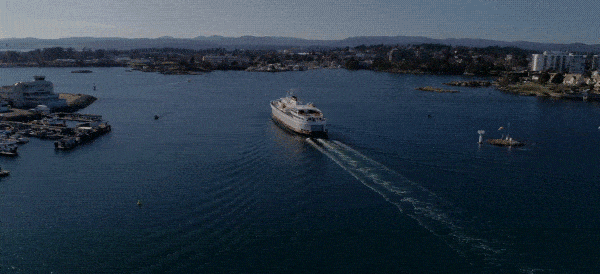
Marine
Canada has more coastline than any other nation, borders all but one of the Great Lakes and has thousands of lakes and rivers. We keep those waterways safe by regulating and monitoring pleasure craft and commercial and foreign-registered vessels. We ensure offshore drilling rigs meet safety standards, and certify officers and crews of commercial Canadian ships.
We’re at every major Canadian port making sure our waters and communities are safe.
Under the Port State Control ship inspection program, every foreign vessel in Canadian waters is boarded and inspected for compliance with major international maritime conventions. And we limit noise and speed to protect marine life such as whales. Under the Oceans Protection Plan, we, in collaboration with other departments, work with Indigenous and coastal communities, the marine industry and other stakeholders to develop and improve Canada's marine safety system.

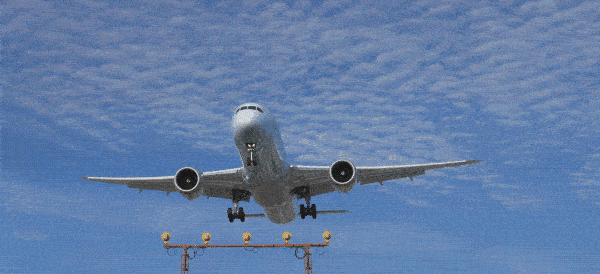
Air
Canada’s skies are busy. Millions of flights and passengers travel our airspace every year. We work with industry and government partners to keep planes, people and airports safe and secure through inspections, certifications, pilot standards and crew testing.
We apply a new world-leading approach to air passenger rights. And we anticipate and respond to changes from innovation — such as the fast-rising popularity of drones, which led to new rules in June 2019 including an online registration program and operator exams, as well as shared enforcement with the Royal Canadian Mounted Police and other law enforcement partners.


Road
With millions of people on Canadian roads every day, road safety is a big priority for us at Transport Canada. We put cars, trucks, tires, child car seats and other products to the test (including extensive crash testing) at our Motor Vehicle Test Centre in Blainville, Quebec, to make sure they meet safety standards. We’re quick to investigate and work with manufacturers on recalls when defects are found. And we change regulations to keep travellers safe — for example, by making seat belts mandatory on newly built medium and large highway buses as of September 2020.
Road and vehicle technologies are evolving fast. From fuel-conserving software to self-parking guidance systems, automation and eco-solutions aim to make vehicles safer and more efficient. We work with government and industry partners to ensure Canadians can have confidence in these innovations — for example, by testing how connected and automated vehicles (CAVs) cope with our roads and climate, or by running safety, environmental and performance tests through our ecoTECHNOLOGY for Vehicles (eTV) program.

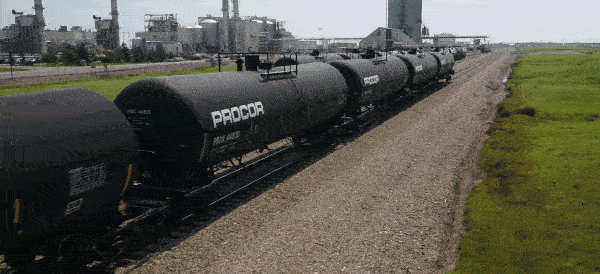
Dangerous goods
Dangerous goods such as oil and chemical products are necessary for industry, healthcare and even household products. Getting them where they need to go requires smart regulations and careful management — both of which fall to Transport Canada. Our Transportation of Dangerous Goods Program develops safety standards and regulations, provides oversight and gives expert advice to promote public safety across all modes — for example, by reducing the operating speed for trains carrying large volumes of dangerous goods and providing new resources for first responders. The program covers everything from documentation and signage to emergency response planning and round-the-clock operation of CANUTEC, the national advisory service that assists emergency response personnel in handling dangerous goods incidents.


Rachelle Godin
Hi, my name is Rachelle Godin. I’m a Transportation of Dangerous Goods Inspector with Transport Canada in Moncton, New Brunswick. I am part of a national oversight program and we do general compliance inspections, means of containment inspections, as well as hydrostatic inspections just to name a few. We’d like to ensure public safety in the transportation of dangerous goods across Canada.

Miguel Parent
Hi, my name is Miguel Parent. I’m a policy analyst for Transport Canada based in Iqaluit, Nunavut. I started this role in August 2019, and my job is to work with northern transportation stakeholders on initiatives that aim to increase the safety, security, efficiency, and environmental responsibility of Canada’s arctic and northern transportation system.

Green transportation
Canadians care about environmental sustainability. So do we. The proof? Targets for reducing jet emissions. Speed limits for vessels in sensitive waters. Future-minded standards for Arctic shipping under the international Polar Code. On land, our Zero Emission Vehicles Program helps reduce greenhouse gas (GHG) emissions by offering incentives to consumers and businesses.
We actively support Canada’s environmental priorities by promoting a green and innovative transportation system.
At sea, we protect marine environments and species like whales from oil spills through the National Aerial Surveillance Program (NASP), which keeps high-altitude watch over Canadian waters. And, we are rapidly developing new measures to protect marine mammals from marine traffic on the East and West Coasts.

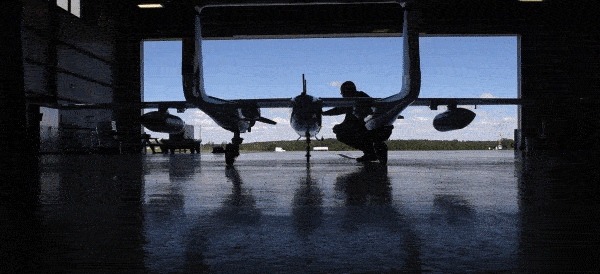
Where next?
We work hard to support innovation and build the future of transportation. A future shaped by younger generations, by Canadians whose imaginations have no bounds. And whatever that future brings, Transport Canada will be ready — with modern regulations that encourage innovation, free-flowing data for better informed decisions, and a “sky’s the limit” openness to technologies of the future such as driverless flying passenger vehicles.
Our Innovation Centre partners with government, industry and academia in support of emerging transportation technologies to help ensure Canadians benefit from a safe, secure clean and integrated transportation system.
We’ll keep asking questions about what Canadians and industry want and need to deliver the best possible transportation system with safety and security assured, while continuing to enable economic growth for the benefit of all Canadians.

